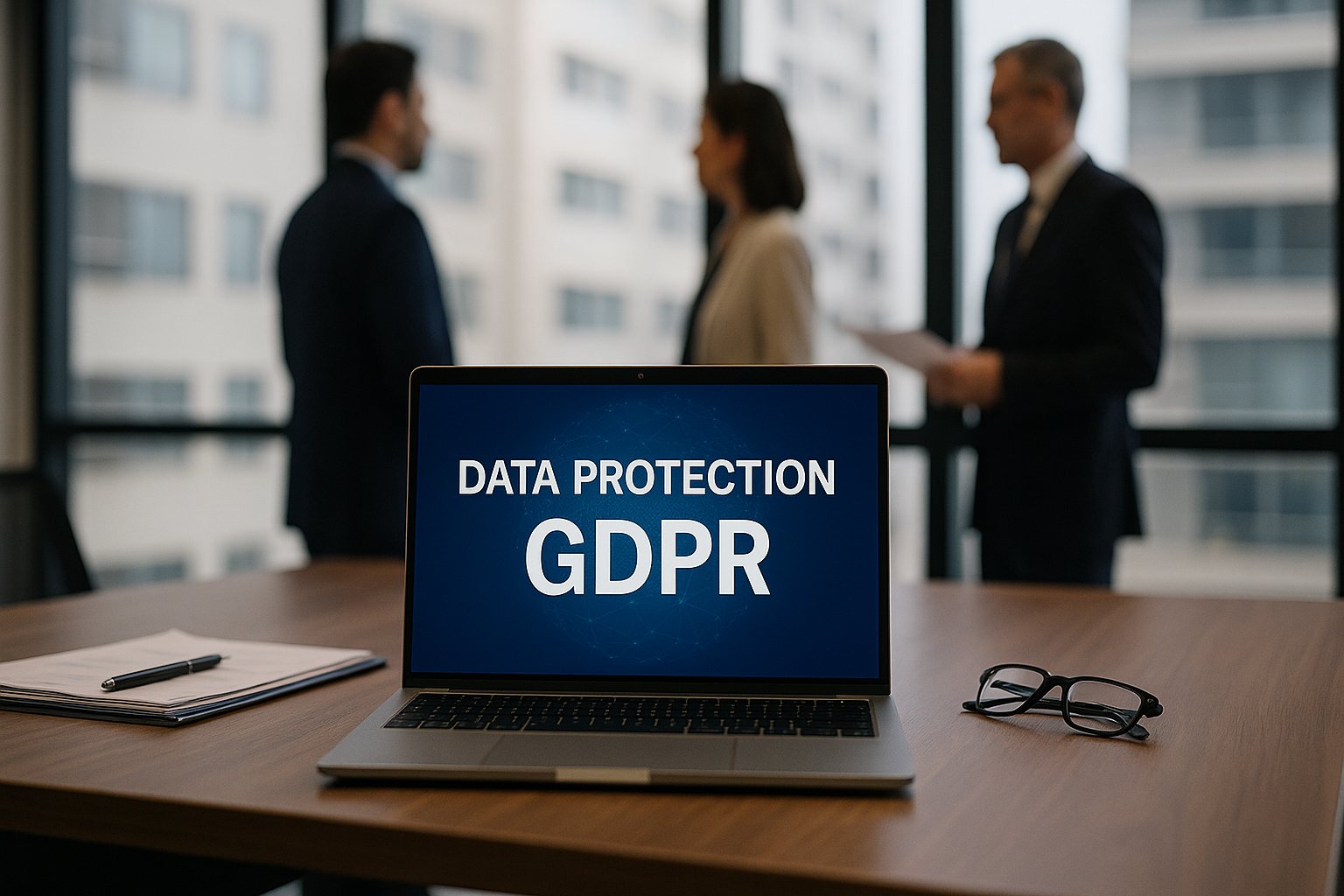CISO
-
Navigating Third-Party Vendor Risks: Strategies for CISOs
With third-party vendors becoming vital to business operations, Chief Information Security Officers must assess and mitigate associated risks to safeguard sensitive data. The strategies outlined emphasize the need for comprehensive vendor evaluations and collaborative relationships.
-
CISOs Navigate Complex Regulatory Landscape as Data Protection Laws Evolve
Chief Information Security Officers (CISOs) are adapting to the evolving landscape of data protection regulations, particularly the DPDP Act and GDPR, which demand heightened accountability and robust security measures.
-
Human Element Critical in Combating Rising Cyber Threats, Experts Warn
As cyber threats evolve, experts stress the critical role of human intervention in enhancing cybersecurity resilience. Over half of UK businesses face projected cyber breaches in 2024, emphasizing the need for employee training and awareness within organizations.



